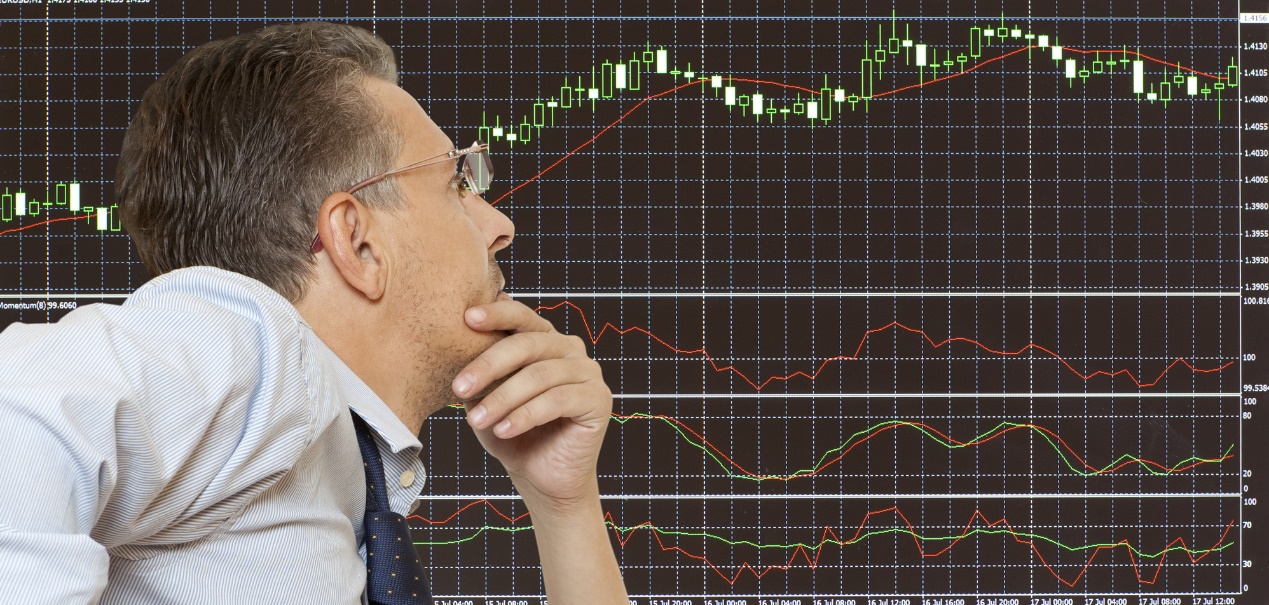
I believe that an effective right-hand trading system should meet the following conditions:
1. The model itself is simple and reliable. The signal is wholly based on asset prices and has a certain degree of recognition in academia.
2. The model can withstand the test of out of sample testing:
a) Model parameters do not need excessive fitting and calculation;
b) The model can be effective on most targets (stocks, physical assets, bonds);
c) The model can withstand cyclical cross-tests.
In the final analysis, the risk control system should be as simple as asset allocation so as to bring higher reliability. In my research system, the moving average based on asset prices is such a sound system. How? In fact, it is straightforward: at the end of each month, calculate the average cost of the asset at the end of the past 12 months. If the current price of the asset is higher than this average, then continue to hold it; Otherwise, sell and invest in short-term money markets. Easy?
For example, it is the end of January, and you have held the price of spy (S & P 500 ETF) in the past 12 months (including now)
With those prices, you calculate the average price = $248.62. Since the current price = is $281.76, or higher than the average price, you will continue to hold spy in February. If the price is below the average price, then you have to sell spy at the end of January and hold bil (Barclays 1-3 month money market ETF) in February.
Performance of risk control on individual assets
In order to study the quality of this system, we must apply it to a variety of assets. If we can show the effect of reducing withdrawal on a variety of assets, then the system has great potential, and we are confident to apply it. Through the test of the above 15 investments, the moving average has shown promising results in most assets.

As long as it is risky assets (except short-term money market funds and inflation-protected bonds), the maximum withdrawal has been effectively reduced, and the effect is pronounced. For example, when the international futures index does not use the moving average for risk management, the maximum withdrawal is 80%, and after using the 12-month moving average, the full leave is reduced to 57%. The maximum withdrawal of high-value stocks was 70%, which was reduced to 27% after the adoption of the moving average.
Generally speaking, a simple moving average strategy brings the benefits of reducing maximum withdrawal and increasing unit risk-return, which can be described as a good medicine with negligible side effects.
Asset allocation performance after risk control
So based on the above tests, if we add the moving average risk control system to the asset allocation model and turn it into asset allocation and risk control? Can we effectively reduce the maximum withdrawal on the basis of asset allocation? The results of empirical research show that it can be achieved.





